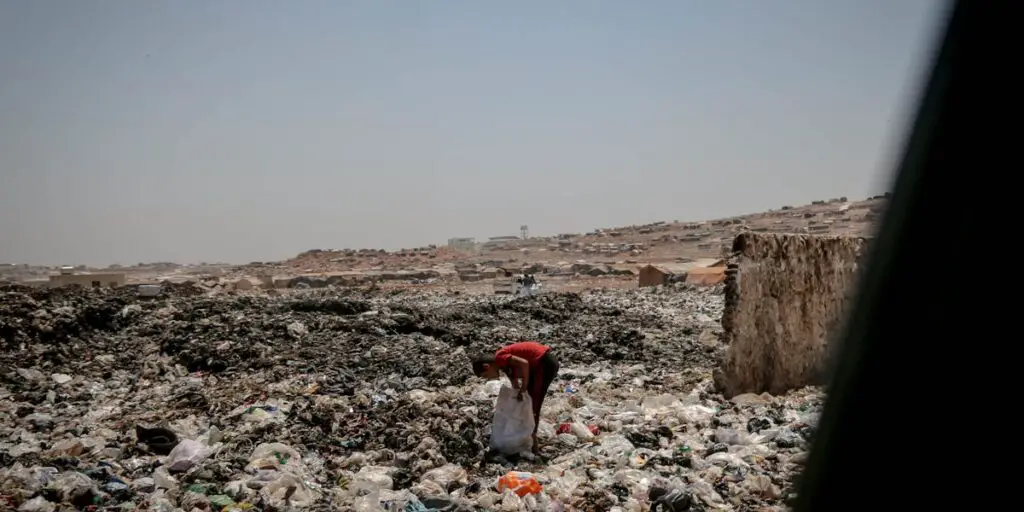Acid Rain and Its Effects
Introduction
Acid rain is a global environmental issue resulting from the deposition of acidic components in precipitation, such as rain, snow, sleet, or even dry particles. It occurs when sulfur dioxide (SO₂) and nitrogen oxides (NOₓ) are released into the atmosphere, react with water vapor, oxygen, and other chemicals, and form sulfuric acid (H₂SO₄) and nitric acid (HNO₃). These acidic compounds are then deposited on the Earth’s surface through precipitation or as dry particles, leading to harmful effects on ecosystems, infrastructure, and human health.
Causes of Acid Rain
1. Human Activities
-
- Burning Fossil Fuels: Power plants, industries, and vehicles emit large quantities of SO₂ and NOₓ during the combustion of coal, oil, and natural gas.
- Industrial Emissions: Factories, smelters, and oil refineries are significant sources of acidic pollutants.
2. Natural Sources
-
- Volcanic Eruptions: Release sulfur gases into the atmosphere.
- Decaying Vegetation: Emits small amounts of SO₂ and NOₓ naturally.
Formation of Acid Rain
- Emissions of SO₂ and NOₓ rise into the atmosphere.
- These gases react with water vapor, oxygen, and other chemicals to form sulfuric and nitric acids.
- Acidic compounds combine with precipitation or settle as dry particles on land and water surfaces.
Effects of Acid Rain
1. Environmental Impact
-
- Soil Degradation: Acid rain depletes essential nutrients like calcium and magnesium from the soil, reducing its fertility and affecting plant growth.
- Water Body Acidification: Acid rain lowers the pH of lakes, rivers, and streams, leading to the death of aquatic life like fish, amphibians, and plankton.
- Forest Damage: Acid rain weakens trees by leaching nutrients from the soil and damaging their leaves, reducing their ability to photosynthesize.
- Example: Large-scale forest damage in the Black Forest of Germany and Canada’s maple forests has been attributed to acid rain.
2. Damage to Built Environment
-
- Erosion of Buildings and Monuments: Acid rain corrodes structures made of limestone, marble, and concrete, such as the Taj Mahal in India, which has suffered significant damage due to acid deposition.
- Infrastructure Deterioration: Acid rain accelerates the rusting of metal structures like bridges and railways, increasing maintenance costs.
3. Impact on Human Health
-
- Respiratory Problems: SO₂ and NOₓ, the precursors of acid rain, cause or exacerbate respiratory conditions such as asthma, bronchitis, and lung inflammation.
- Contamination of Water Supplies: Acidic water dissolves harmful metals like lead and mercury from the soil, contaminating drinking water and posing severe health risks.
4. Effect on Agriculture
-
- Acid rain stunts the growth of crops by altering soil pH and removing essential nutrients. Sensitive crops like wheat, rice, and maize are particularly affected.
- Example: Acid rain has reduced crop yields in parts of China and Eastern Europe.
Global Response to Acid Rain
1. Policy Interventions
-
- The Clean Air Act Amendments (1990) in the United States introduced the Acid Rain Program to reduce SO₂ and NOₓ emissions through cap-and-trade mechanisms.
- The Gothenburg Protocol (1999) under the UNECE Convention aimed to reduce air pollution across Europe.
2. Technological Solutions
-
- Desulfurization: Installation of scrubbers in power plants to remove SO₂ from emissions.
- Catalytic Converters: Reduce NOₓ emissions from vehicles.
3. Renewable Energy Adoption
-
- Transition to cleaner energy sources like wind, solar, and hydropower reduces dependency on fossil fuels.
4. Public Awareness
-
- Educational campaigns promote understanding of acid rain and encourage the adoption of sustainable practices
Conclusion
Acid rain is a major global environmental concern with far-reaching effects on ecosystems, infrastructure, and human health. Addressing this issue requires a multi-faceted approach, including reducing emissions, adopting cleaner technologies, and enforcing stringent environmental policies. By mitigating the causes of acid rain, societies can ensure a healthier environment and protect natural and cultural heritage for future generations.





